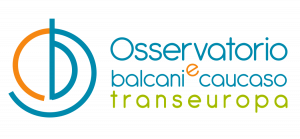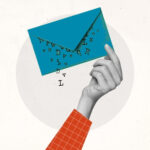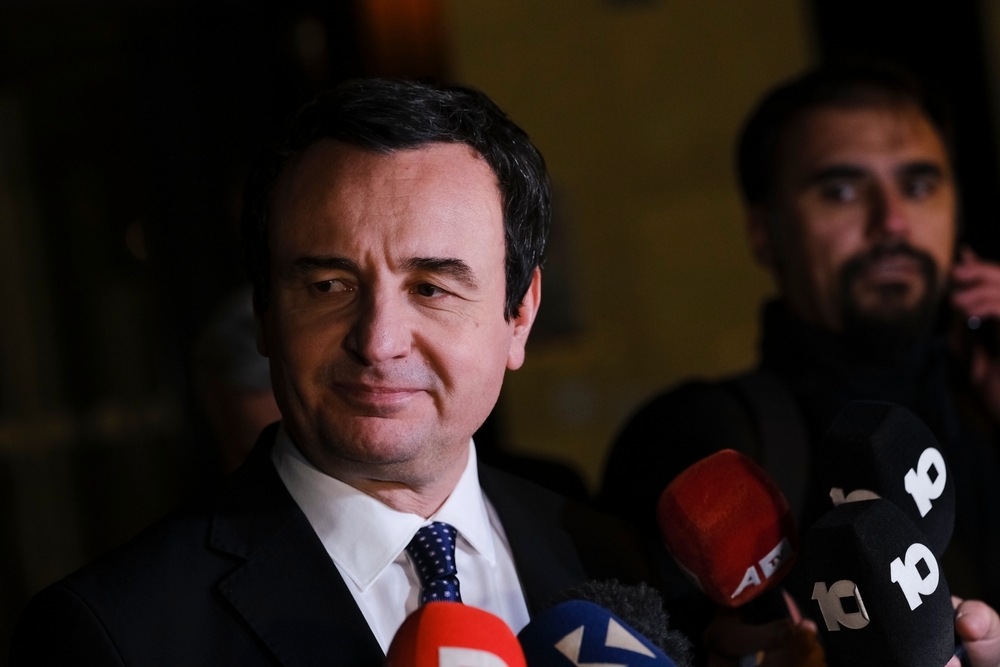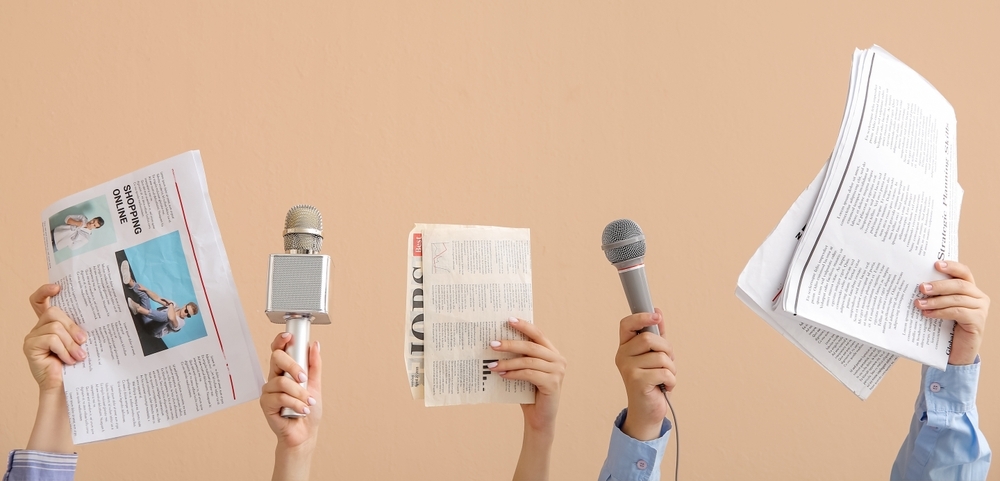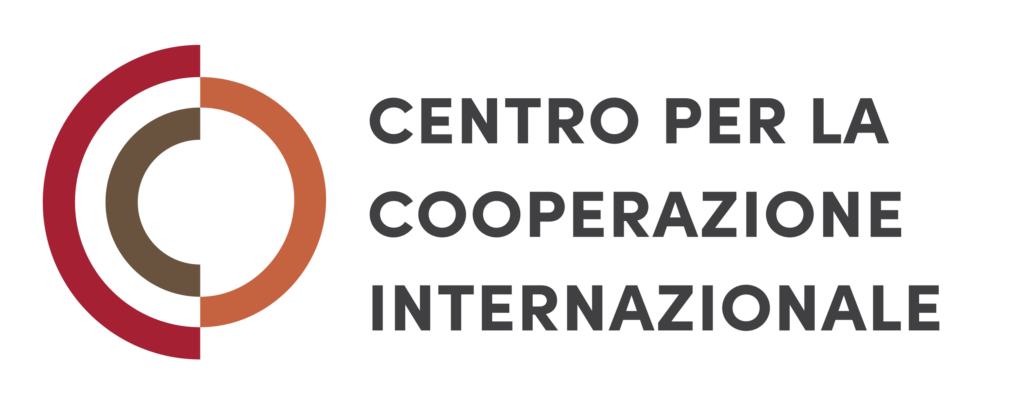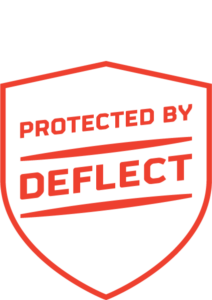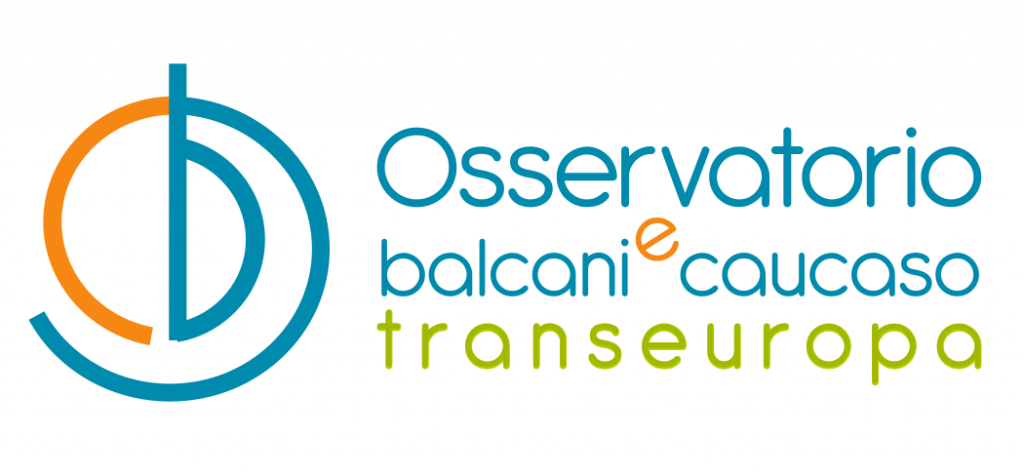Romania: imagining the future becomes a plastic-free art
With her collective, Alina Tofan organizes performances in rural areas of Romania to raise environmental awareness and rediscover a sense of community. She invites colleagues from around the world to demonstrate that the green transition can be a just one, even in their own country

Romania-immaginare-il-futuro-diventa-un-arte-plastic-free
Alina Tofan during a performance - © April Ibinceanu
In 1979, there were 179,000 miners, 45,000 at the turn of the millennium, and today fewer than 2,000: the Jiu Valley is a story of industrial decline in three acts, but the fourth could transform it into a happy ending.
It depends on who and how writes it — or rather, how it’s created, because in the future of this area nestled between the Romanian mountain ranges in southwestern Transylvania, art could play a decisive role.
The idea is to use it as a lever to trigger a green transition in tourism as well, enabling it to enhance not only the area’s stunning nature but also its history as a mining capital.
For some Romanians in the area, talking about a "transition," even a "just transition," is unacceptable: "Just for whom, after years of abandonment and nothingness?"
Alina Tofan isn’t one of them; she talks about it, believes it’s possible, and, as an artist and eco-activist, engages her fellow citizens in immersive activities and performances that help them rethink their understanding of nature and respect for the planet.
Video, virtual reality, theater, music, and dance: for her, every art form is a potentially useful language for raising awareness.
In 2020, she founded the Plastic Art Performance Collective in Bucharest, uniting many young artists around her green mission, focusing on waste, pollution, and extractivism. In recent years, she has sought to "decentralize" the collective’s initiatives to contribute to the creation of communities of sensitive and active citizens in many different Romanian regions. Then she set out herself, destination Jiu Valley.
What kind of reality did you encounter when you arrived in this area, and what did you propose?
We are in one of the last bastions of the Romanian mining industry. The air here is still very heavy, the pollution is palpable, and there remains a significant gap in access to knowledge and culture compared to the city.
As soon as I arrived, I worked on the relationship between industry, individuals, and community, creating a theater trilogy and several ecology projects for students.
Last year, I proposed a project aimed at the entire community, to encourage them to imagine their future in a more environmentally friendly and less anthropocentric way. I called it "Ecosensoriality Path for Communities of the Future" and invited two artists from Norway to share how they managed to convert an industrial site by focusing on culture and green tourism.
I wanted to show my country a concrete example of tourism development that embraces the mining tradition, rather than hiding it.
Now, in collaboration with the Urban Lab Association, I’m working on a project dedicated to children and the river that flows through the entire valley. Through artistic performances, we want to teach them to respect it in a fun way. It seems to work!
What role can art play in environmental awareness and activism?
Themes like pollution, the climate crisis, and degradation are complex and unpopular: not everyone wants to address them.
Art helps us do so in a more engaging and, at times, even more concrete way. It brings concepts like global warming closer and makes them visible and tangible, which otherwise risks being perceived as someone else’s problem.
Art also has a powerful power of connection: it doesn’t make us feel "alone against the system" and is a good starting point for dialogue. I don’t think it alone can be the solution, but it can help change society by effectively engaging it with environmental issues.
It’s always a challenge, and I’ve noticed this especially with older people, who are generally more pessimistic and disillusioned, or focused on other priorities.
How can you expect someone over 60 who works grueling 12-hour shifts to participate in an art workshop? To ensure no one is excluded, as an artist I have sought to invent new, more appropriate forms of participation. For example, walks with eco-performances to help communities reclaim the nature in which they are often unknowingly immersed.
They are proving successful, and in those moments, the need to reclaim the very concept of community is strongly felt. Art and nature can help me do this, just as they can also be useful in raising awareness about waste, a topic closely linked to the involvement of marginalized communities, both geographically and socially.
How are you addressing this, and how do you want to engage society?
I start from the premise that we need to stop considering waste something external to our lives. When we throw something away, we stop thinking about it, as if it no longer concerns us, while in fact it continues to be part of the environment we live in.
Through art, I draw attention to the fact that this is a global problem: it doesn’t happen only in Romania, even though the concept of trash is often associated with marginalized communities. To us, as the margins of Europe, to rural areas as the margins of cities.
Working on my "plastic memories" from the 1990s and those of my family, I also realized how different the relationship with objects is for my generation than for previous generations.
In those who lived for a long time under communism, a strong attachment often emerges, probably linked to the need to prove their existence through them. An affirmation of their right to buy, possess, and experience: "Others have always had it, now it’s our turn to enjoy it too."
I realize that this attitude, like many other aspects of my country, isn’t easy to understand from the outside. I see this when I collaborate with artists from other regions: they often arrive with a very degraded and impoverished idea of Romania, or they barely know where it is. This confirms the need for international initiatives, even in the world of eco-performance and art.
Do you organize them? Why are they important?
I, for one, travel often; I recently visited Spain and Portugal for a project on invasive alien species. I, in turn, invite colleagues from as far away as South America to bring new people and experiences to the local communities I work with.
For those who live in Romania and don’t have the opportunity to travel far, it’s a way to open their minds, to learn about different models of environmental management, but also to understand that some problems are global and not just "ours."
Beauty and disaster coexist in every country, even in Romania, but it’s important to show both aspects beyond our borders, but with an authentic perspective, free from the outdated stereotypes that label us.
This publication has been produced within the Collaborative and Investigative Journalism Initiative (CIJI ), a project co-funded by the European Commission. The contents of this publication are the sole responsibility of Osservatorio Balcani Caucaso Transeuropa and do not reflect the views of the European Union. Go to the project page
Tag: CIJI
